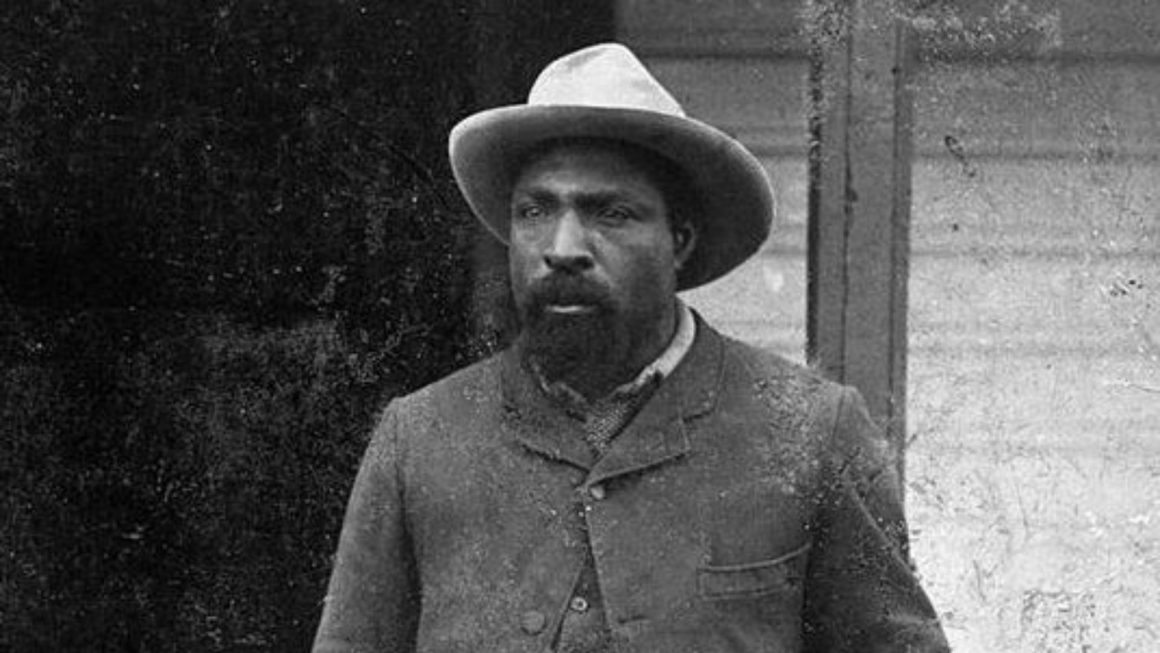
Recent U of C John Ware Dig and the importance of Black history
By Kimberly Taylor, August 9 2024—
In July, University of Calgary researchers conducted a three-day archeological dig at John Ware’s first homestead near Millarville, Alberta. John Ware (1850–1905) was designated a National Historic Person by the Government of Canada in 2022 due to his enduring reputation as a skilled cowboy, his generosity and his success as a Black man in the white-dominated ranching industry.
In an interview with The Gauntlet, Dr. David Este — professor emeritus with the faculty of Social Work — spoke about the importance of John Ware to the history of Alberta as a folk hero who was never thrown by a horse and popularized steer wrestling as a rodeo event.
“John Ware holds a very, very heroic status in Alberta. He was born a slave in the United States, but he eventually found his way to Canada, and he developed a reputation as being one of the best ranch hands in the province,” said Este.
Este highlighted that John Ware had a positive reputation among Albertan ranchers during his lifetime. A Global News article highlighted that his funeral was one the largest held in the early 1900s — a sign of his position of respect in the community.
“He had a reputation of being a hard worker, but also a highly respected individual living in the territory that we now know as Alberta. And he was a Black man. In the late 19th century, early 20th century, there are very few people of African descent living in Alberta,” Este said.
John Ware worked for the Bar U Ranch — which is now a National Historic Site — when he first arrived in Alberta in 1882. In 1885, Ware registered his own cattle brown and in 1887 the Millarville homestead was established. This homestead is where the recent dig took place and where the entire Ware family lived before moving to their second ranch in 1902. The cabin from this ranch was preserved and relocated by the Brooks Kinsmen Club to Dinosaur Provincial Park.
According to the Canadian Encyclopedia, John Ware could not read or write — was born enslaved in Tennessee with the exact place and dates unknown — so most historical sources about his life are accounts written by friends and acquaintances after his early death.
Este spoke about the importance of the archaeological dig at the Millarville site.
“This excavation is important because anything that they could add anything that they add to his life story is important because it just gives us a more fuller and complete understanding, not only of John Ware, but he was married and he had children,” said Este.
John Ware married Mildred Lewis in 1892 and had five children — after both of their deaths in 1905 — the four living children lived with their Lewis grandparents. Commemorations of John Ware included a well-attended funeral by his ranching peers and several place names including: Mount Ware, Ware Creek and John Ware Ridge.
Este pointed out that while John Ware was a heroic and well-known folk figure in Alberta, there remains a lack of Black representation in Canadian history.
“His life is important because in Canadian society and contemporary society, because in Canadian society and contemporary society, there’s this belief or assertion that the existence of Black people in Canada is a relatively new thing — since 1970, with the changing of Canada’s Immigration Act in 1967,” said Este. “The fact that John Ware was a resident of Alberta before the turn of the 20th century just signifies to me that people of African descent have been here a lot longer than most people give the population credit for.”
Those interested in John Ware can watch Cheryl Foggo’s 2020 documentary John Ware Reclaimed as well as simply explore online.
